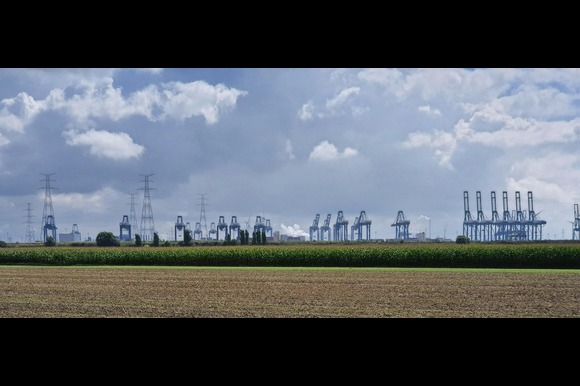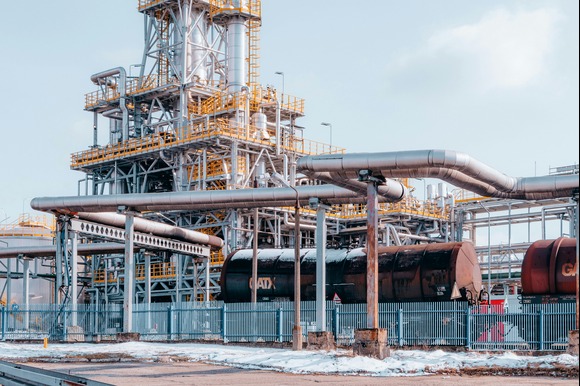
Photo by M Snedelrev
Afghanistan’s Ministry of Energy and Water has signed a landmark agreement valued at $10 billion with a domestic private firm to initiate large-scale energy projects aimed at producing 10,000 megawatts of electricity across the country, according to a report by Tolo News.
Hailing the deal as a major breakthrough, Acting Minister of Energy and Water Abdul Latif Mansoor described it as a significant achievement for the Islamic Emirate and a crucial step forward in Afghanistan’s economic development.
“This is a major achievement for us. In today’s world, electricity is a basic necessity for everyone, whether in the fields of healthcare, industry, or for families and households,” Mansoor stated, as quoted by Tolo News.
The agreement outlines a comprehensive plan to develop power generation infrastructure using a combination of renewable and non-renewable energy sources. These include solar, coal, hydro, wind, and natural gas. The projects will be distributed across multiple provinces with the aim of expanding the national electricity grid and alleviating chronic power shortages, particularly in industrial hubs and residential zones.
“We assure you that Afghanistan possesses vast and untapped resources for energy production—be it from water, wind, solar, or gas—all of which are readily available within the country,” Mansoor added.
Under the terms of the agreement, the technical design phase is set to be completed within the next six months. Initial electricity generation, with an expected capacity of 2,000 to 3,000 megawatts, is scheduled to begin thereafter. Mirwais Azizi, head of the private company involved in the deal, emphasized the importance of local participation and knowledge transfer.
“This project will engage 17 to 18 international experts. However, our aim is to build a local workforce and ensure that 98% of employees are Afghans. We plan to fully entrust them with all operational responsibilities,” Azizi said.
To support this goal, Azizi announced the creation of a training center to enhance the technical and professional skills of Afghan workers, thereby ensuring sustained local involvement and long-term project viability.
The proposed energy output will come from multiple sources and provinces: 3,400 megawatts from coal-based plants in Balkh, Bamiyan, Herat, and Baghlan; 3,700 megawatts from natural gas in Jawzjan, Herat, and the northern regions; 2,040 megawatts from hydroelectric power in Kabul, Kapisa, and Daikundi; 700 megawatts from wind energy in Herat and Farah; and 200 megawatts from solar installations in Kabul, Kandahar, and Ghazni.
According to Tolo News, the energy initiative is slated to unfold over a six-year period, beginning in 2026 and concluding in 2032.
The ambitious deal comes at a time when Afghanistan continues to grapple with widespread electricity shortages that have stifled industrial growth and negatively impacted daily life for millions, both in cities and rural communities. The government hopes the project will not only improve energy access but also spur economic revival by powering key sectors and infrastructure.




